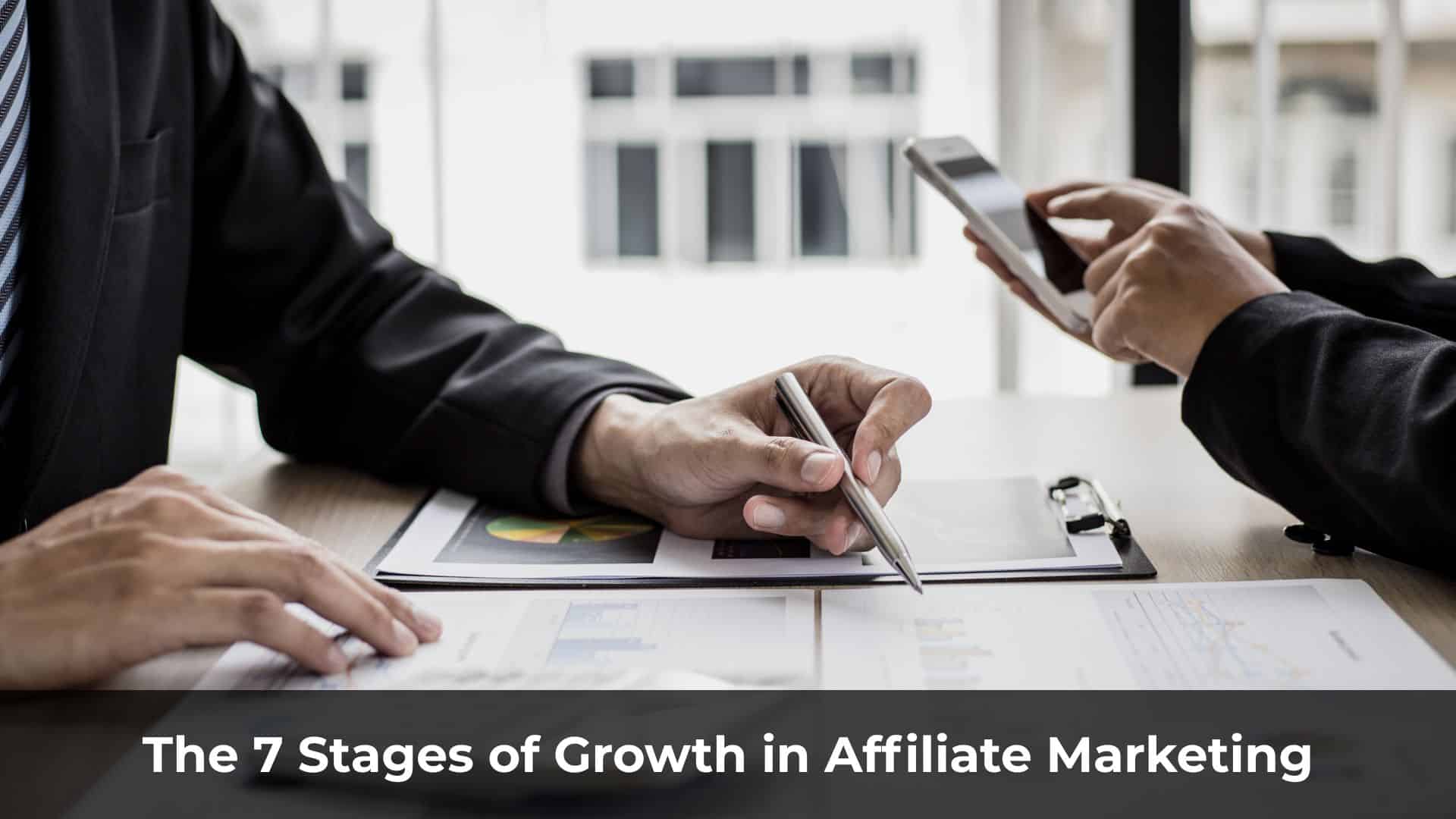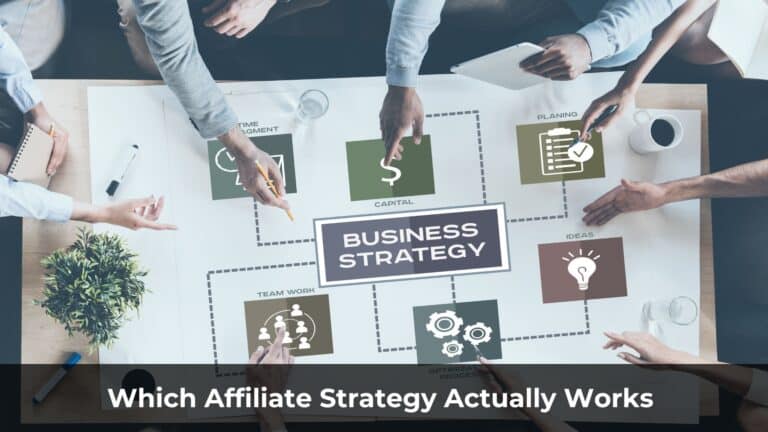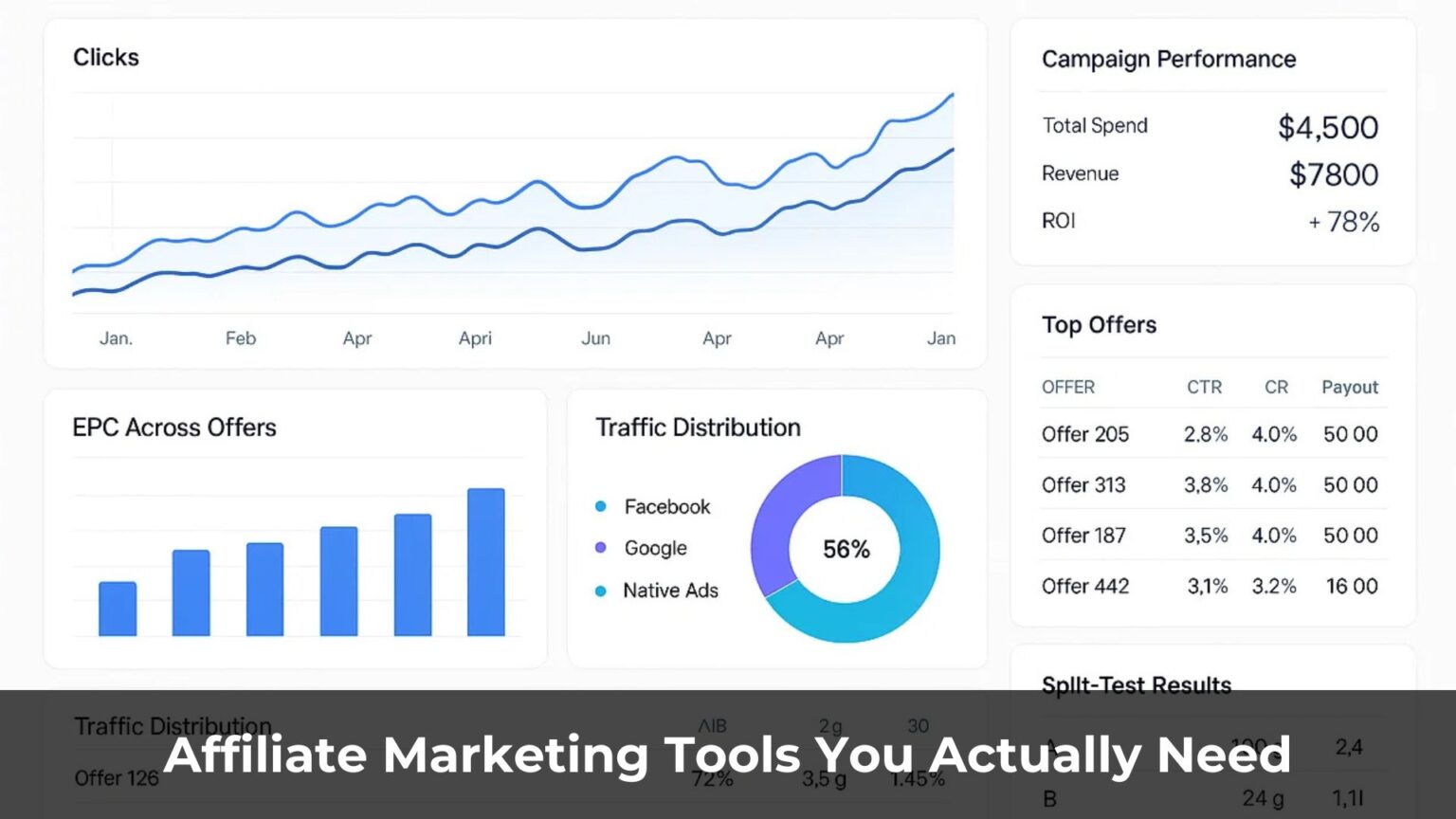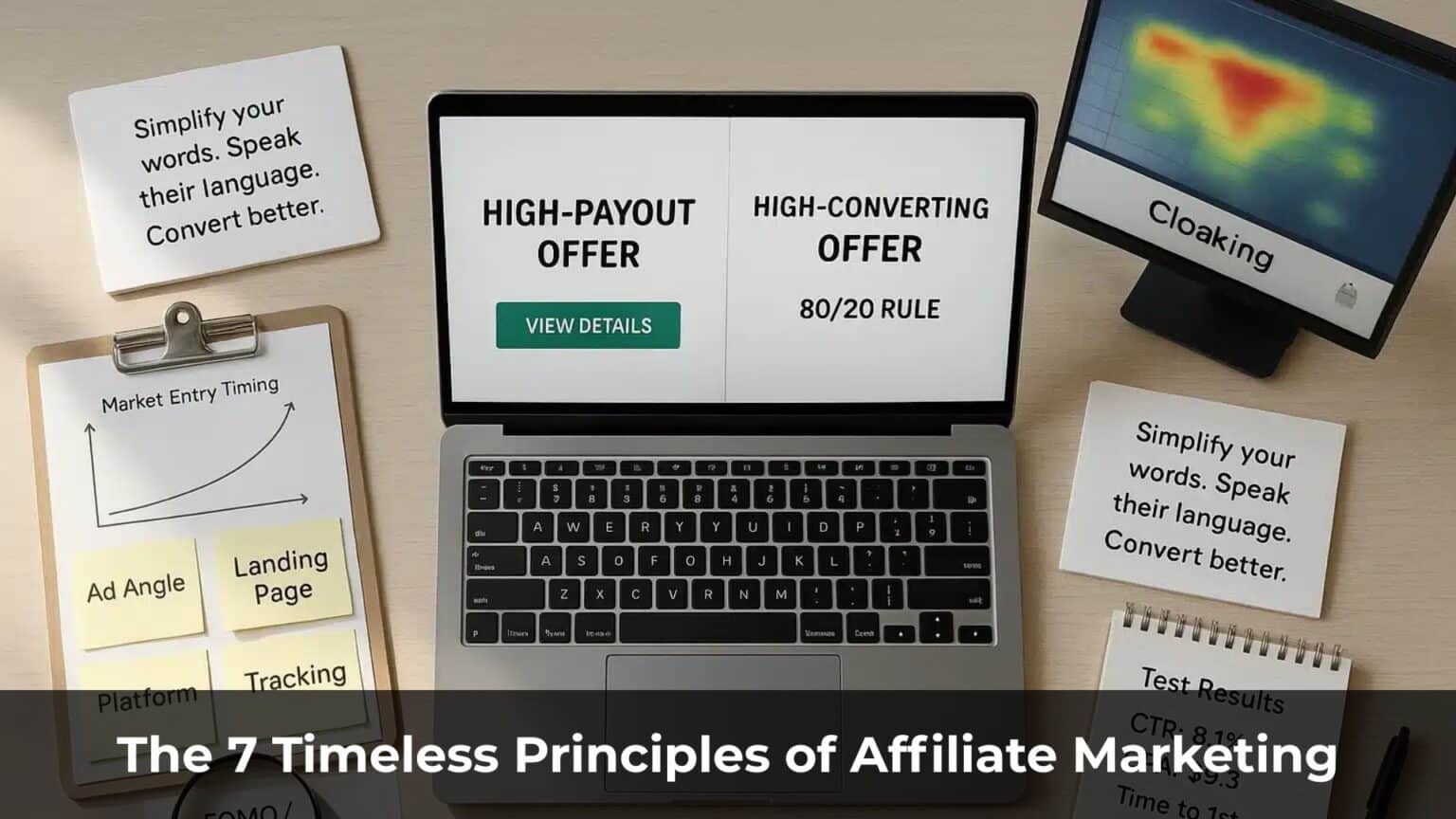Over the years, I’ve watched countless affiliates evolve — from complete beginners to full-fledged super affiliates earning life-changing income.
What I’ve noticed is that most of them go through similar phases of growth. These stages aren’t always linear, but they offer a powerful framework to assess where you currently stand and what you need to focus on next.
In this article, I’ll break down these 7 key stages so you can identify your current level and make a clear plan to level up.
Table of Contents
ToggleStage 1: The Curious Newbie (Just Getting Started)
At this stage, you’ve just stumbled upon the vast world of affiliate marketing. Maybe a friend told you about it, or you came across it while searching on Google.
It feels like you’ve just discovered a goldmine — an industry where people are making serious money. Suddenly, you’re hearing about all kinds of models: Shopify, CPA marketing, native ads…
You realize there are people out there making millions a year while still having time to travel the world.
But then comes the confusion.
You dive into forums, blogs, and courses, only to find an overwhelming flood of conflicting advice. Everyone seems to be selling something — promising formulas, outdated strategies, recycled content…
Maybe you even bought a course or two. You were excited, followed everything step by step, but saw little to no results.
That’s why your #1 priority at this stage is simple:
Find a reliable, high-quality source of information.

Because if you read the wrong blog, join the wrong forum, or follow the wrong mentor, you’ll waste years going in circles — chasing shiny objects with no progress.
So how do you find quality information?
Look for people with real results — not just theories.
Learn from those who have succeeded, not those still trying to figure it out themselves.
Avoid low-quality content at all costs. It’s the difference between slow progress and no progress.
By the way, if you’re looking for a forum for affiliate newbies, try Afflift.
Stage 2: Launching Your First Campaign
Congratulations — you’ve taken your first real step into the world of affiliate marketing.
The moment you launch a campaign, the real challenges begin.
You need to learn the technical setup: tracking, servers, pixels, postbacks…
You need an ad budget. If you go the free traffic route, expect sleepless nights for a year. But if you run paid ads, you’ll need to invest real money.
You’re overwhelmed with conflicting information.
You battle the fear of spending money on a campaign that might fail.
So how do you survive this phase?
The key is to follow a proven path — one that successful affiliates have walked before.
Here’s the hard truth:
95% of affiliates never make it past this stage.
They give up too early — either from fear, frustration, or burnout.

Stage 3: Your First Profitable Campaign
You’ve made your first $10 in profit. It may not sound like much, but this is a huge milestone.
Because now you know it works.
Now you see that it’s possible to make money while traveling, while working from anywhere.
You’ve found your direction.
But here’s the next challenge:
Scaling that profit.
The secret to becoming a super affiliate isn’t just one lucky campaign — it’s the ability to consistently launch profitable campaigns, again and again.
You’re no longer guessing.
You’re building momentum.
Stage 4: Going Full-Time with Affiliate Marketing
You’re now making between $40,000 and $100,000 in annual profit.
At this point, you feel confident enough to quit your job and go all-in on affiliate marketing.
You’ve built a system that works — and with this level of income, you no longer live in fear.
But here’s my honest advice if you’re in this phase:
Keep your lifestyle simple. Move forward slowly and mindfully.

Don’t rush into buying a house, a car, or blowing money on parties and flashy things.
I’ve seen too many affiliates spiral downward once the money starts flowing — and soon after, their campaigns stop working too.
There’s another big challenge in this phase:
Loneliness.
Some people can’t handle working alone. The lack of structure and social connection becomes unbearable.
This is also the stage where luck starts to run out.
I’ve seen affiliates ride a wave of success with campaigns they barely understood — using someone else’s landing page and pulling in thousands per day.
But then reality hits:
- The market gets saturated.
- Advertisers remove you from offers.
- Traffic platforms tighten their rules.
- Bot traffic ruins your data.
You realize: you can’t survive on luck forever.
This is the moment where skill becomes everything. You need to level up — technically, strategically, and mentally.
And then another wall appears:
You can’t scale alone forever. The workload becomes overwhelming. You’re grinding day and night, exhausted.
Which means it’s time to move to the next stage.

Stage 5: Becoming an Above-Average Affiliate
Annual profit: $100,000 – $1,000,000
At this level, you’ve been in the game for at least a year. You’re no longer a beginner, but you haven’t quite broken into super affiliate territory yet.
Your campaigns go up, then down — then up again.
You’ve had wins, but you’ve never consistently scaled to $10,000 days.
At this point, your mindset starts to shift.
You begin thinking about campaign defense, competitive advantages, and how to stand out in a crowded field of affiliates running similar offers.
This is the stage where you should start building a team.
Personally, I’m not a fan of hiring $5-a-day virtual assistants to blindly run campaigns.
You need people who bring real value — who can think, analyze, and create.
Not just button-pushers who wait for instructions.
It’s also time to think like a real business.
Start forming your company, setting up proper systems, and treating affiliate marketing as a long-term operation — not just a hustle.
And most importantly:
Begin asking the bigger question —
“How can I make more money while working less?”

Stage 6: Becoming a Super Affiliate
Profit: Over $1,000,000 every 1–2 years
In this industry, that number might sound impressive — but to top performers, it’s just the beginning.
Super affiliates operate at a different level.
They have teams running the day-to-day campaigns, while they focus on bigger opportunities, strategic partnerships, and high-level planning.
They’ve mastered their traffic sources, and they dominate specific niches with precision.
Sure, campaigns still go up and down — that’s part of the game.
But by now, they’ve built the skillset and systems to stay consistently profitable, year after year.
At this stage, you should also start thinking about things like tax optimization, legal protection, and hiring attorneys to prepare for any potential business or compliance issues.
Stage 7: Beyond Affiliate Marketing
Eventually, some people outgrow affiliate marketing.
They start looking for bigger, long-term opportunities.
I’ve always seen affiliate marketing as a solid career — a way to make great money, build valuable skills, and live freely.

But after a few years, many top affiliates decide to move on.
Why?
- Boredom. Running campaigns day in, day out for years can get repetitive.
- Challenge. The kind of person who becomes a super affiliate tends to crave new, bigger challenges.
- Asset building. Affiliate campaigns are short-lived. As affiliates mature, they start thinking about long-term assets they can grow — and brag about, if nothing else.
- More money. Even with $100,000–$200,000 annual profits, some want more. I’ve seen super affiliates go on to build companies worth $50 million or more.
In the end, affiliate marketing can be the perfect launchpad.
But it doesn’t have to be your final destination.
Feeling Stuck in a Hard Phase?
Sometimes, affiliate marketing can feel like you’re trapped — stuck in a difficult stage for years, watching others pass you by.
But here’s the truth:
Progress doesn’t just happen.
You have to earn your way forward — through volume, through speed, through relentless action.
Ask yourself honestly:
- How many campaigns have you actually launched?
- How quickly are you testing and iterating?
- How many campaigns can you manage and optimize at once?
If you want to grow faster, you need to learn faster and experiment more — at least twice as much as the average affiliate.
Because in this game, speed is leverage.
Execution is everything.
And the ones who succeed aren’t always the smartest — they’re the ones who simply refuse to stop moving forward.













